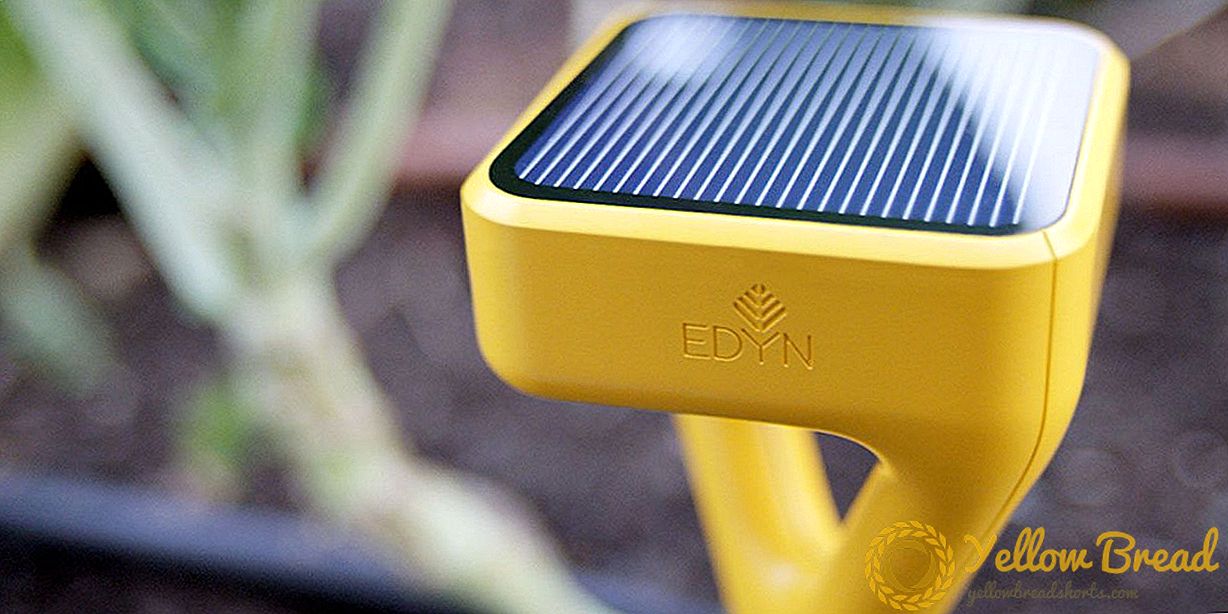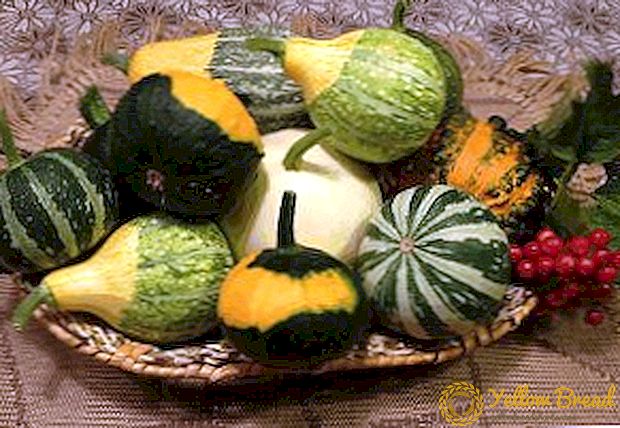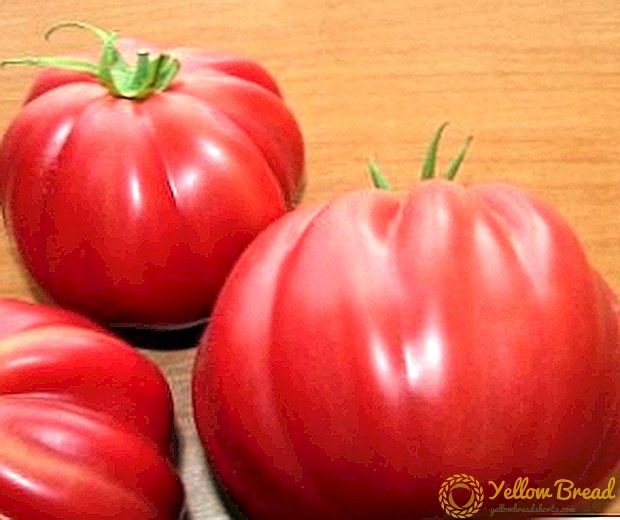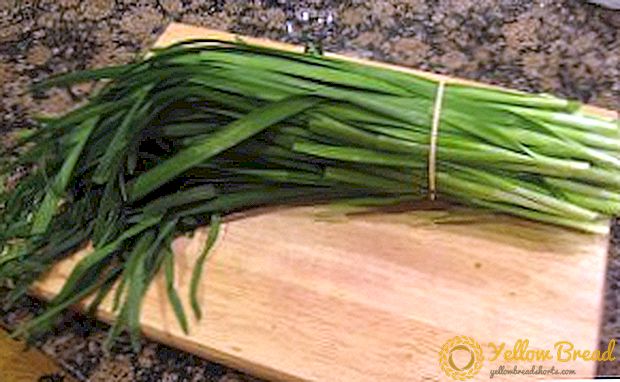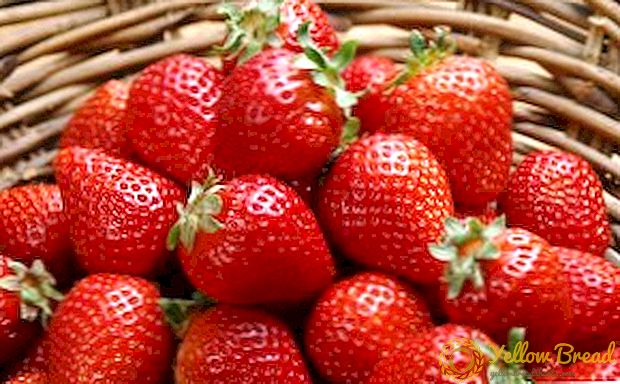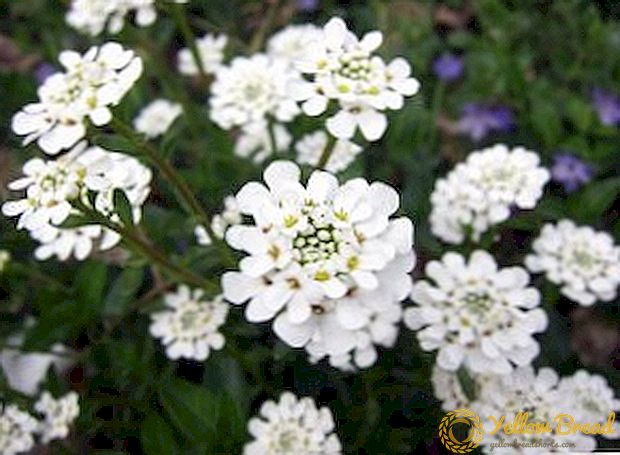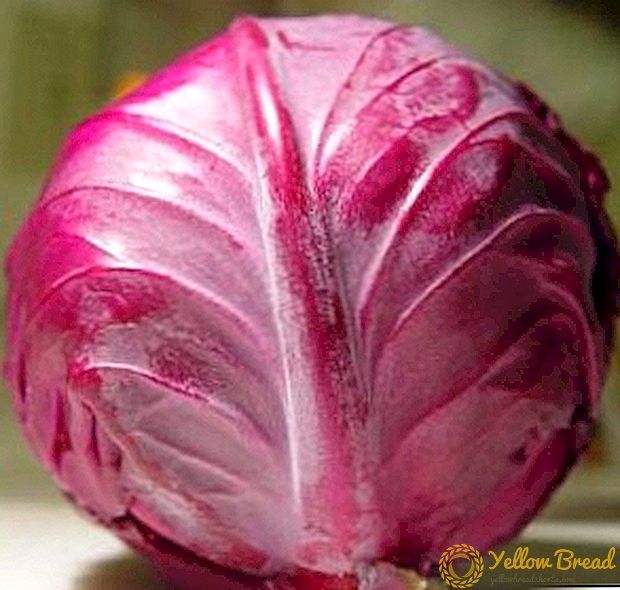 Externally, red cabbage differs from white cabbage in color, density, arrangement of leaves in the head of cabbage, and the content of nutrients in it is much higher.
Externally, red cabbage differs from white cabbage in color, density, arrangement of leaves in the head of cabbage, and the content of nutrients in it is much higher.
Homeland of this species is considered the Mediterranean.
- Culture description
- Growing conditions
- Location selection
- Soil selection
- Planting Red Cabbage
- Direct seeding
- Through seedlings
- Care rules
- Watering
- Hilling and loosening
- Top dressing
- Major diseases and pests
- Harvesting
Culture description
Red cabbage is not a very popular plant that is not often grown for industrial purposes. Consider how are called and how they differ The most popular varieties and hybrids of this type of cabbage:
- The anthracite variety is mid-season; it has large purple leaves, a characteristic feature of which is a wax coating. A dense head has a mass of up to 2.5 kg.
- Variety avant-garde - mid-season, has a vertical rosette of leaves. For large blue-green leaves characteristic strong wax coating.
Heads are oval and strong in density. The weight of the head of this variety does not exceed 2.5 kg.

- The autoro hybrid is mid-season, the growing season of which is no more than 140 days.It is characterized by small, rather dense heads, weighing up to 1.5 kg. The color of the leaves is light purple. A characteristic feature of the hybrid is that it is resistant to cracking heads.
- Variety boxer - precocious, has a purple-red color and is designed to be eaten fresh. A rounded and dense cabbage weighing up to 1.6 kg consists of a set of leaves that are covered with silver patina.
- Sort Gako - srednepozdny, the duration of the growing season is not more than 150 days. It has dense, rounded, slightly flattened heads, weighing up to 3 kg, they are considered to be resistant to cracking and have a long shelf life. A bitter taste is expressed, which disappears with time. Have a bluish-purple color of the leaves with a touch.

- Hybrid Vorox - medium early, the growing season of which is not more than 120 days. It has a small sheet rosette and raised leaves. Cobs with a dense structure, weighing up to 3 kg. Suitable for both fresh and processed. The leaves are anthocyanin in color.
- Drumond variety - early, has a dense and compact outlet, head of a round shape weighs up to 2 kg.
- Variety Kalos - mid-season, has good taste - cabbage is juicy and not hard. Heads cone-shaped, red-purple, weighing up to 2.5 kg. A feature of the variety is that it is well tolerate periods of high humidity and lower temperatures.

- Intro variety - early ripe, has a raised rosette of leaves. The heads of cabbages consist of leaves that are not very tightly gathered together. The leaves themselves have a purple color, covered with bloom. The weight of the head is not more than 2 kg.
- Mars variety - medium late, the growing season of which is not more than 160 days. It has a rounded, slightly flat headed cabbages, medium in density, dark purple. Heads weigh no more than 1.5 kg. The variety is resistant to cracking.
Growing conditions
Despite the fact that red cabbage has a wide variety of varieties and hybrids, the conditions for their cultivation are very similar.
Location selection
In order for cabbage to develop well and grow, it is necessary to choose a sufficiently lit place.  When growing seedlings in greenhouses, lighting plays an important role, because with a lack of light, seedlings are strongly drawn out, which negatively affects the further development of the plant. When planting seedlings in open ground, where it will experience a lack of light, will begin to slow down the development and growth, the formation of more loose head, and the leaves may become a greenish tint.
When growing seedlings in greenhouses, lighting plays an important role, because with a lack of light, seedlings are strongly drawn out, which negatively affects the further development of the plant. When planting seedlings in open ground, where it will experience a lack of light, will begin to slow down the development and growth, the formation of more loose head, and the leaves may become a greenish tint.
Soil selection
Red cabbage should be grown on loose and light, slightly acidic or neutral soil. The soil must contain the required amount of nutrients for the plant.
It is better to plant red cabbage in the area where cucumbers, onions, legumes, green manure, potatoes or carrots grew before. 
Planting Red Cabbage
You can plant red cabbage in several ways:
- seed;
- rassadnym.
Direct seeding
In order to plant cabbage with the help of seeds, it is necessary to consider some subtleties of sowing:
- Carry out hardening of seeds. To do this, the seeds must be kept in hot water up to 50 ° C for 20 minutes. After that, they are immediately transferred to cold water for 2 minutes.
- To stimulate the seedlings, hardened seeds are placed in a nutrient solution for 12 hours. To prepare the nutrient solution, take 1 liter of boiled water and a teaspoon of nitrophoska. After stimulation, rinse the seeds in running water and place in the refrigerator for a day.
 When the seeds are prepared can be sown in open ground. It is necessary to make wells and sow in each of 4 seeds. Sprinkle with peat mixed with humus on top. The distance from one hole to another should be at least 60 cm. And the seeds should be covered with earth no deeper than 5 cm.
When the seeds are prepared can be sown in open ground. It is necessary to make wells and sow in each of 4 seeds. Sprinkle with peat mixed with humus on top. The distance from one hole to another should be at least 60 cm. And the seeds should be covered with earth no deeper than 5 cm.Through seedlings
For planting red cabbage on seedlings, seeds are prepared as well as for direct sowing.
 In the prepared boxes with soil it is necessary to sow the seeds at a distance of up to 7 cm between the rows and to a depth of 3 cm.
In the prepared boxes with soil it is necessary to sow the seeds at a distance of up to 7 cm between the rows and to a depth of 3 cm.When the shoots appear, the temperature in the room should be lowered to 8 ° С and the seedlings should be kept in such conditions for a week. Then provide 15 ° C for further growth of seedlings. Water the seeds should be regularly, before the first shoots appeared. After this, watering should be slightly reduced, and watered when the soil dries out slightly.
Depending on which variety you plan to grow - early or late, the planting should take place in May-June.
When the plant will form 5 leaves, then you can start planting in open ground. To do this, you need to make potash fertilizer in each well, mix it with the soil and pour it with water, then plant the seedlings. Soil the soil around the plant and produce watering with warm water. 
Care rules
For red cabbage, it is important not only to make the right fit, but also to ensure proper care in the open field for the normal development of the plant.
Watering
Red cabbage prefers regular and abundant watering. If she feels a lack of watering, it will affect the quality of the crop. Abundant watering should be carried out when forming the outlet and the ovary of the head. During this period, it is recommended to water from the hose so that the water gets to the whole plant. But the cabbage tolerates an excess of moisture and stagnation of water is bad, so you need not to overdo it.
Hilling and loosening
The first time to break through the soil should be within 7 days after the transplanting occurred, and continue to loosen the soil after each irrigation to ensure good air permeability for the root system.  Hilling cabbage contributes to improving the resistance of heads to the emergence and the formation of a strong root system. Spud plant is necessary when the cabbage goes into growth and the formation of heads begins, at this time you need to pour the ground to the level of the first leaves.
Hilling cabbage contributes to improving the resistance of heads to the emergence and the formation of a strong root system. Spud plant is necessary when the cabbage goes into growth and the formation of heads begins, at this time you need to pour the ground to the level of the first leaves.
After the first earthing up, it is necessary to re-manipulate in two weeks.
Top dressing
In order for the seedlings turned into a rich harvest, it is necessary to carry out regular plant feedings. Well suited for dressing liquid organic fertilizer or a solution of complex (mineral) fertilizers.
 For better long-term storage, before harvesting, cabbage must be fed with nitrogen. After each feeding it is necessary to water the plants with clean water.
For better long-term storage, before harvesting, cabbage must be fed with nitrogen. After each feeding it is necessary to water the plants with clean water.Major diseases and pests
The main pests and diseases of red cabbage:
- Cabbage moth is a caterpillar of yellow color, which gnaws cabbage leaves and leaves intact upper fabric. To combat this pest, it is recommended to spray it with Karbofos solution, using 60 g of product per 10 liters of water. It is considered poisonous, so before harvesting for 1 month you need to stop processing plants.

- Cabbage fly - appears in the form of white larvae that damage the roots and root collar. With the defeat of a pest the plant dries out.In order to prevent the appearance of cabbage flies, it is recommended to add 20 g of "Bazudin" per 10 square meters to the soil. m. of soil.

- Cabbage aphid - appears in the form of green colonies on the back of the sheet. Leaves, if damaged by these pests, become discolored and curled. To combat cabbage aphids, a decoction of tomato leaves is used: pour 10 kg of leaves and stems with water to cover the plants and boil over low heat for 20 minutes After that, dilute 3 liters of broth with 10 liters of water and add 20 g of soap. Spray cabbage with this agent in the evening.

- Dry rot is a fungal disease that often affects cabbages. The stem of cabbage becomes gray, rotten and soon dries out. If a seedling is affected by a fungus, then it is almost impossible to save it. Dry rot develops well in warm and humid conditions, as well as in places of cabbage damage. It is necessary to fight gray mold with a 0.5% Tigam solution, treating the seeds before sowing and in time removing weed vegetation.

- Black spot is a fungal disease that is characterized by the appearance of black spots and streaks on the leaves of a plant.The fungus develops due to cabbage planting density, strong humidity and warm temperatures. To avoid the development of fungus, it is necessary to monitor the ventilation of plants and not plant them very close.
It is also important not to overmoisten the plants. If the fungus does appear, then carry out the treatment with a solution of potassium permanganate: for 10 liters of water, 5 g of the product.

- Kila - a disease that is triggered by a fungus. This disease affects the root system of the plant. It manifests itself in the form of tumors on the roots, which leads to the death of the plant. In order for the keel not to appear on cabbage, it is necessary to remove weeds from the plot and plant it on the affected part of the crop, which contribute to the destruction of the fungus: potatoes, eggplants, tomatoes, beets, garlic, onions.
Harvesting
Focusing on the size of the formed head of cabbage, you can begin to selectively collect suitable heads of cabbage as early as August for immediate consumption. For long-term storage, the harvest is carried out in mid-October.
Crop harvested in dry and cold weather, so that the air temperature was at 5 ° C during the day and not below 0 ° C at night.  After cutting, heads should be cleaned, leaving a pair of cover leaves.The length of the stalk must be at least 2 cm. Before sending the crop to the storage location, it is necessary to dry it under a shed and sort the heads of cabbage affected by pests and diseases.
After cutting, heads should be cleaned, leaving a pair of cover leaves.The length of the stalk must be at least 2 cm. Before sending the crop to the storage location, it is necessary to dry it under a shed and sort the heads of cabbage affected by pests and diseases.
Store the crop in a cold, from 0 ° C to + 1 ° C, indoors and at a humidity of up to 95%. Cabbage is recommended to be placed on wooden pallets with a cut up and in a checkerboard pattern.

